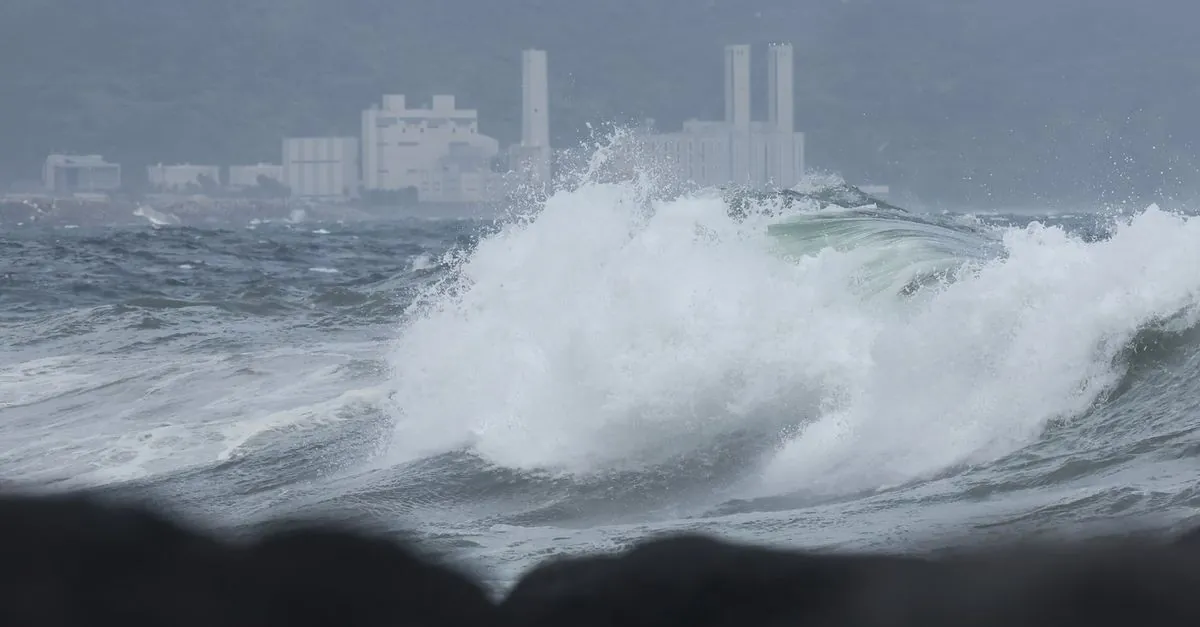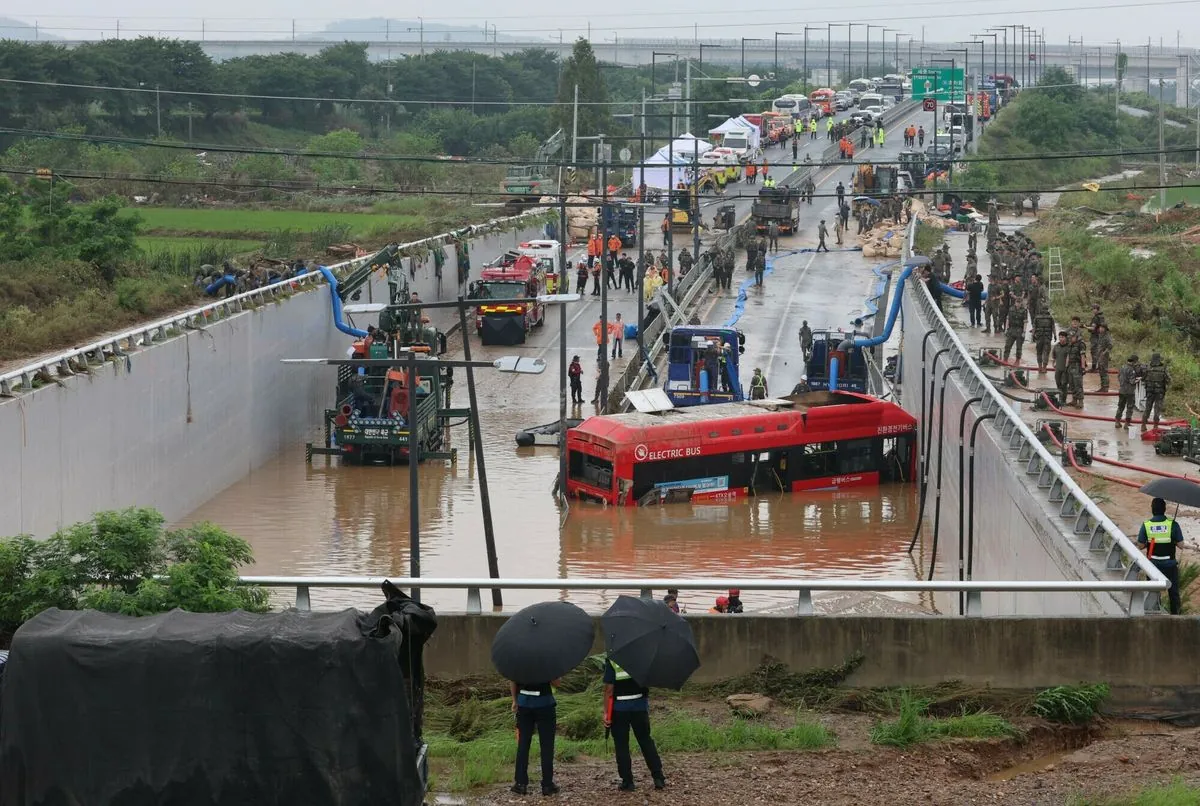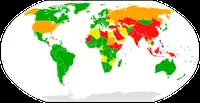Weakened Tropical Storm Jongdari Approaches South Korea's Coast
Tropical Storm Jongdari weakens as it nears South Korea, bringing heavy rain to southern regions. Officials urge caution as the storm moves towards Seoul, with landfall expected Wednesday morning.

As of 9 p.m. on August 19, 2024, Tropical Storm Jongdari was approaching the South Korean coast, bringing substantial precipitation to the southern parts of the country. The storm's intensity had diminished as it neared land, with maximum sustained winds of 54 kph (33.5 mph). Meteorologists predicted the system would make landfall on the morning of August 20.
Jongdari was located 30 kilometers south of Heuksan Island, moving northward at 37 kph. The Korean Meteorological Administration (KMA) forecasted the storm's trajectory would take it through the densely populated Seoul metropolitan area, home to approximately half of South Korea's population.
Despite the storm's weakening, government officials emphasized the need for public vigilance. They advised securing loose objects and vessels, and monitoring areas prone to flooding, such as underground passageways and basement dwellings known as "banjiha."

The southern regions experienced significant rainfall, with measurements ranging from 60 to 130 mm in parts of Jeju Island and mainland areas. This precipitation is consistent with South Korea's monsoon climate, which typically brings heavy rainfall during summer months.
As a precautionary measure, authorities closed numerous parks, bridges, and roads. Over 100 domestic flights faced delays, primarily affecting routes between Seoul and Jeju, which form the backbone of South Korea's domestic air travel.
South Korea's sophisticated weather forecasting system and emergency alert infrastructure, including mobile phone notifications, have been crucial in preparing for such weather events. The country's investment in flood control measures since the 1960s has also enhanced its resilience to storm-related challenges.
It's worth noting that the Korean Peninsula is affected by an average of 3-4 typhoons annually, and climate change is intensifying tropical storms in the region. While Jongdari is not expected to cause significant wind damage, its impact underscores the ongoing need for robust weather preparedness in South Korea.
As of the latest reports, no injuries had been attributed to the storm. The situation continues to be closely monitored by the KMA and emergency services as Jongdari moves northward.


































